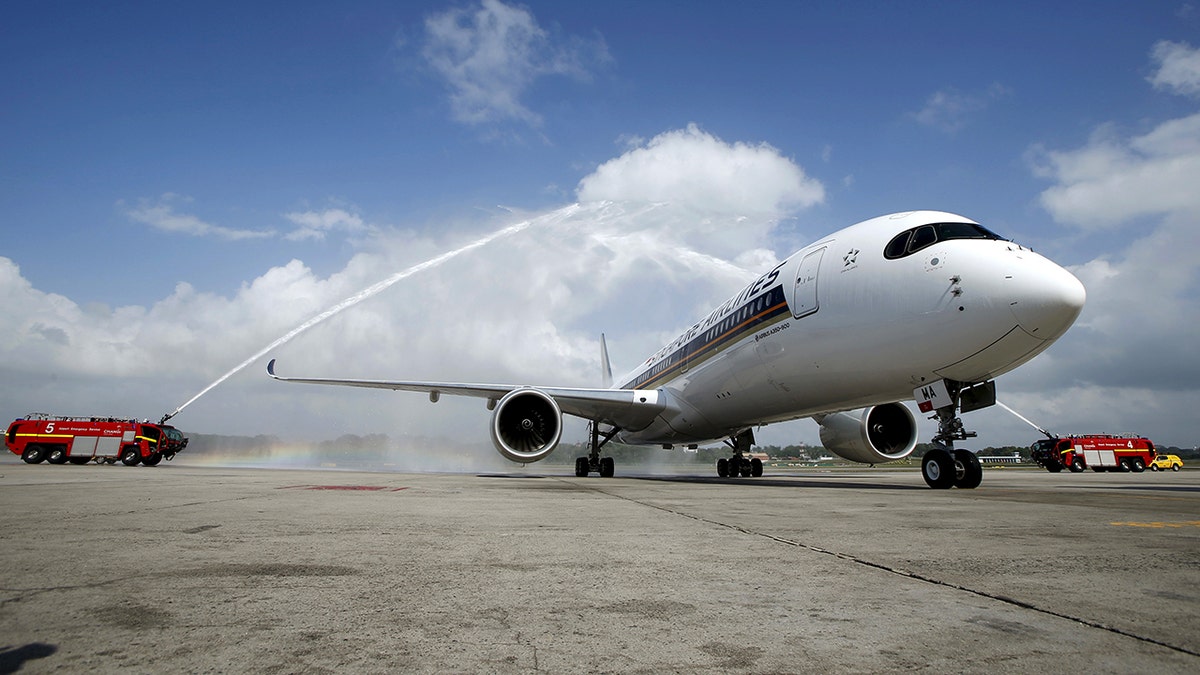
You've probably already flown on an "ETOPS" plane — perhaps the Airbus A350-900 — without even knowing it. (Reuters)
Pilots and members of the aviation community use a range of shorthand and abbreviations to reference everything from take-off delays to security threats.
Anyone who has taken a long-haul flight might have flown on an "ETOPS" plane without even knowing it. Technically, the acronym stands for "extended-range twin-engine operational performance standards," and it references planes that are capable of flying over places where landing areas are sparse or non-existent.
More From Travel + Leisure
Many of these flights, by definition, cross oceans, and pilots and other industry insiders have come up with their own glib definition of the acronym: "engines turn or passengers swim." In the case of a twin engine failure, these aircraft could be far enough from shore to force an emergency water landing.
The acronym can be misleading, as not all ETOPS routes are over water. Routes over parts of Canada, Africa and Antartica where there are few airports also fall under this category, according to one report.

Technically, the acronym stands for "extended-range twin-engine operational performance standards," and it references planes that are capable of flying over places where landing areas are sparse or non-existent. (iStock)
For many years, ETOPS planes were only allowed to fly 60 minutes away from the nearest air strip or airport, but Boeing and others were able to successfully argue that the engines were reliable enough to fly as far as five and a half hours away from the closest airport, Popular Mechanics reported.
Aircraft flying the lengthiest routes are required to pass rigorous safety tests in order to maintain certification. Of course, engine failure can still occur, regardless of the twin engines and tests, according to the same report, though these instances are very infrequent.
